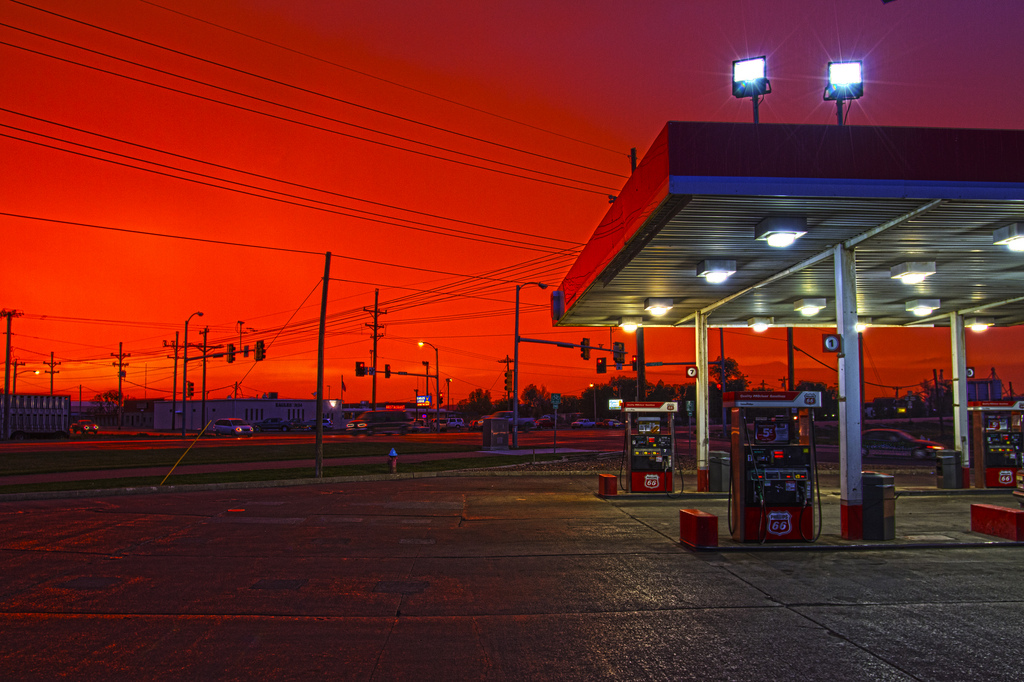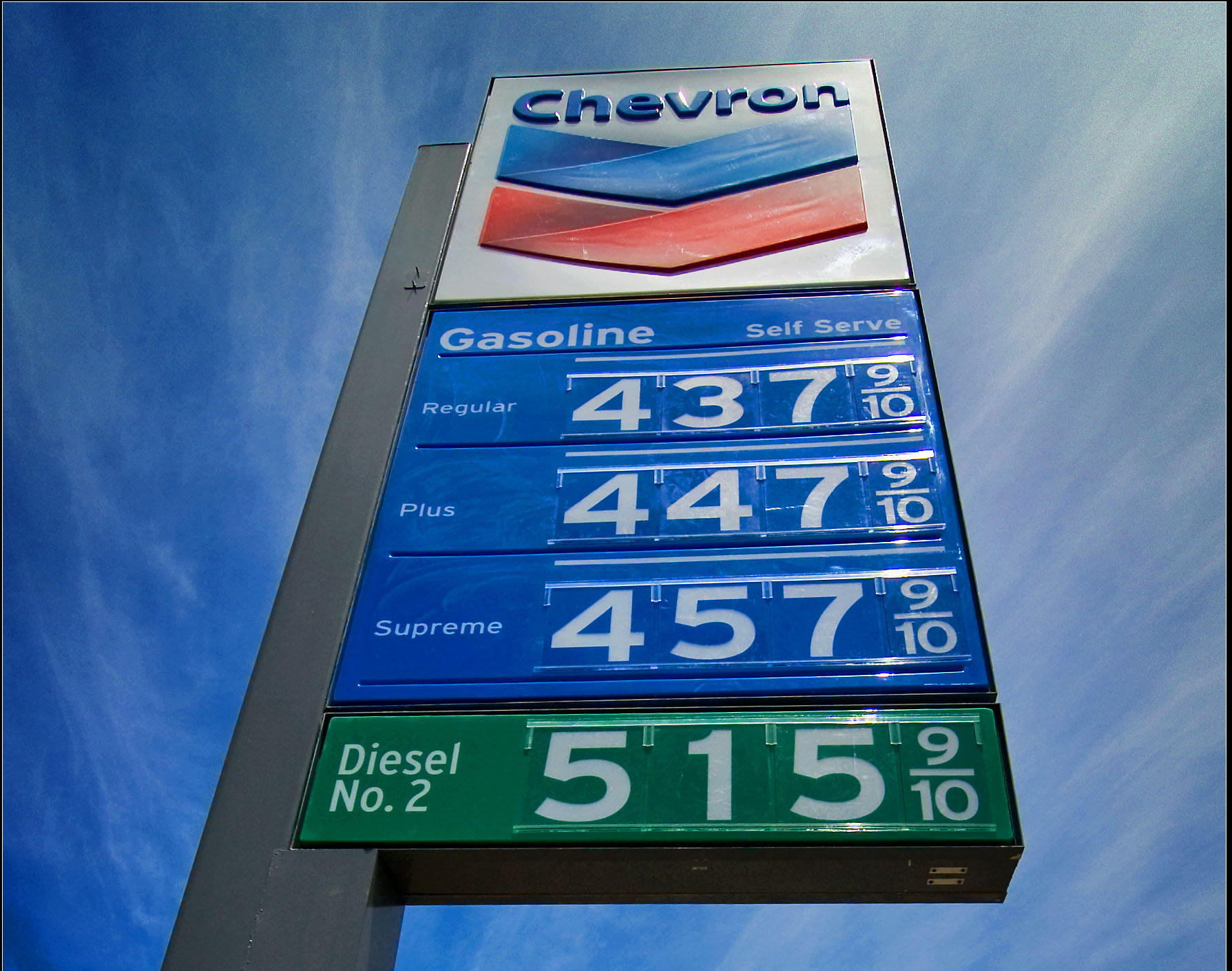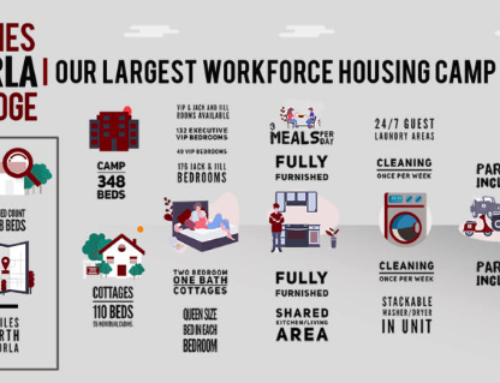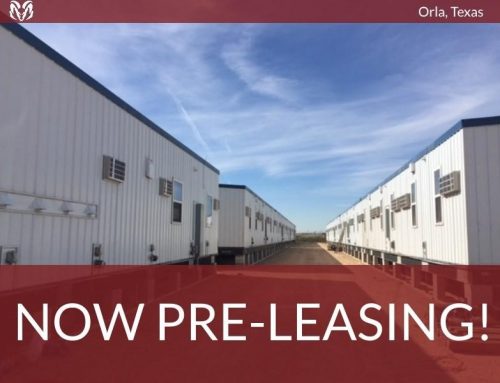Since the advent of the shale play boom in 2011, and during its growth over the past three years, oil prices have behaved a bit strangely. One would think that as new oil enters the market that prices would begin to drop. Likewise, it would make sense for conflict in Libya and the Middle East to send prices upward. Oddly enough, the shale boom and the unrest in the Middle East are both contributing factors to the general stability we’ve seen in oil pricing over the past year.
A Delicate Balance
As many are aware, oil pricing is the result of several complex variables. However, the general rule of supply and demand still applies. Oil is a commodity in high demand, and that’s a fact that won’t change any time soon. So pricing is mainly reliant on production and supply.
 Photo by Patrick Emerson
Photo by Patrick Emerson
Until 2011, Middle Eastern countries like Iraq, Iran, and Saudi Arabia were considered to be possessive of the world’s largest energy reserves. Unfortunately, they are also some of the least stable countries in existence, so production of oil, and therefore pricing of oil, has historically been heavily influenced by political dispute and unrest within their borders. But that all began to change when the shale boom hit.
An Alternative Source
When shale play production and output started ramping up in 2011, something remarkable happened. All of a sudden, there was a enormous new source of oil for both the domestic and international markets, a new source to fill the void created by reduced production in countries experiencing turmoil and unrest, namely Libya.
When oil production in Libya dropped by roughly 80% last year due to political discord and public rebellion, shale oil was there to take its place. Citigroup estimates that, in total, around 3.5 million barrels are kept off the market every day as a result of various international conflicts. The conflict in Libya accounts for a large portion of that statistic. Without having shale oil to take its place, the energy market would look much different, most likely sending domestic oil prices through the roof.
What’s Next?
Although stability is better than volatility, U.S. citizens want to see lower prices at the pump. Thankfully, things are calming down in Libya; the national government has even taken back control of its ports from the group of armed rebels that seized them last year, meaning oil will again start to flow from inside Libyan borders.
 Photo by Sandy Redding
Photo by Sandy Redding
If Libya is able to restore its production to pre-rebelion levels, and if no other major political events intervene, we may begin to see a drop in prices. And it won’t be coming a moment too soon. After drivers got acquainted with severely inflated prices in the wake of Hurricane Katrina, they’ve been patiently waiting for the days of sub-$3 gasoline to return.





